I learned that current must flow in a circuit (loop).
When I swap the N-wire with the PE-wire on a light bulb in my house, the circuit breaker trips as soon as I turn on the light. This tells me that current is flowing from the L-wire (from the power plant) to the the PE-wire that is connected to a long metal rod that is put into the ground just outside my house (as far as I know). So there is no circuit, no loop that leads back to the source.
To check whether current really needs to flow in a circuit (loop), I took a battery and connected the positive pole to a light bulb, and the light bulb to a PE-wire of my house. The light bulb did not turn on. When I connected the light bulb to the negative pole of my battery, it turned on because the circuit is completed.
When current must flow in a circuit (loop), why does it flow to ground? And why does it not work with an electrical circuit where power comes from a battery?

